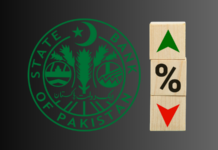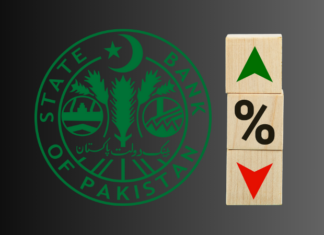The two years of grilling and cajoling by parliamentary committees have forced the Ministry of Textiles (MINTEX) to submit half a dozen developmental projects for the textile sector in the next financial year’s development budget, an official source said.
Interestingly, all the projects relate to the improvement of cotton production in the country. The major reason for this is the presence of a large number of agriculturists in the Senate Standing Committee on Agriculture and the National Assembly Standing Committee on Textiles.
Both the committees were continuously forcing the MINTEX to initiate steps to improve cotton competitiveness in the country. The committees directed the ministry to come up with development projects to improve cotton productivity. The cotton crop has received a major setback during the last two years, as the crop production declined from over 14 million bales to less than 10 million bales.
Nearly all projects have been submitted by the Cotton Central Research Institute (CCRI) Multan, one of the country’s apex research and development facility for cotton crop. The varieties developed by the institute cover almost 80 per cent cotton cultivated area in Punjab and more than 60 per cent area in Sindh.
Out of the submitted projects, the two most important ones relate to controlling the Cotton Leaf Curl Virus (CLCV) and improving cost management for cotton production, marketing and standard awareness.
According to International Cotton Advisory Committee, Pakistan is ranked fourth in the world in cotton production, third in cotton consumption and yarn production and second in yarn export. However, against a world average of lint yield of 780 kg per hectare, Pakistan has a yield of 748 kg per hectare. Australia has the highest of 1833 kg, Turkey 1739 kg, China 1633 kg, Brazil 1522 kg.
According to details, the three-year project of Rs 24.6 million, “Development of Resistance Against CLCV in Cotton”, the objective is to develop new CLCV resistant varieties. The filial generation material of Pak-US-ICARDA which was developed through hybridization between CLCV resistant and local high yielding (susceptible) germplasm will be utilised for the evolution of CLCV resistant, drought tolerant and input responsive varieties with inbuilt resistance against insect-pest along with superior fibre qualities.
The CLCV virus is a single stranded DNA virus, which is neither seed born nor soil borne. It has some alternate hosts where it survives and virus transmission is white-fly. The effects of disease on production are disastrous. The disease first surfaced in 1967 and caused serious damage to the cotton crop in the 1991-1999 period, and onwards from 2003-04 period.
The project will help identify virus resistant cotton germplasm in filial generation of ICARDA cotton project. Introgression of CLCV tolerance into susceptible but high yielding local germplasm equip with desirable fiber traits and single plant selection from segregating populations for identification of high yield genotypes with CLCV resistance.
The major reason of low average yield of cotton in Pakistan is CLCV and lack of proper farm management. The addition of CLCV resistant varieties would help double the cotton output from the current level of 10 million bales per annum. It will also require improvement in farm management techniques coupled with scientific crop and pest management technology, as then there is much scope for vertical expansion in cotton production in the country.
The second project of Rs 3.8 million, “Cost Management in Cotton Production, Marketing and Standards Awareness Programme” will also to be executed by CCRI Multan. It will create awareness in farmers to improve management practices, reduce input costs and for observing standards at growing, picking, ginning, packing and trading stages.
The increase in the cost of production of cotton is forcing growers to shift to other crops. Nearly two million families are involved in the cotton production and marketing process. About Rs 60 billion are disbursed as cotton picking charges. If the trend is not stopped, it could have serious repercussions on the area.
In 2016, the cotton production cost per hectare in Pakistan was $ 1447 per hectare, India 1225 per hectare, Australia 1108 per hectare, Brazil $ 778 per hectare. In terms of cost of production per kilogramme of lint, for Pakistan it is $ 1.18 lint per kg, India $ 0.71, Australia $ 0.97 and Brazil $ 1.15 lint per kg.
Most of the cotton producing countries support their cotton industry by providing subsidies at different production stages. However, no subsidies are given in Pakistan at any stage of cotton production and marketing. India provides a subsidy of $ 0.09 per kilogramme on the production of one kg of lint, whereas Brazil provides a subsidy of $ 0.07 and the USA provides a subsidy of 0.13 per kg of lint.

























